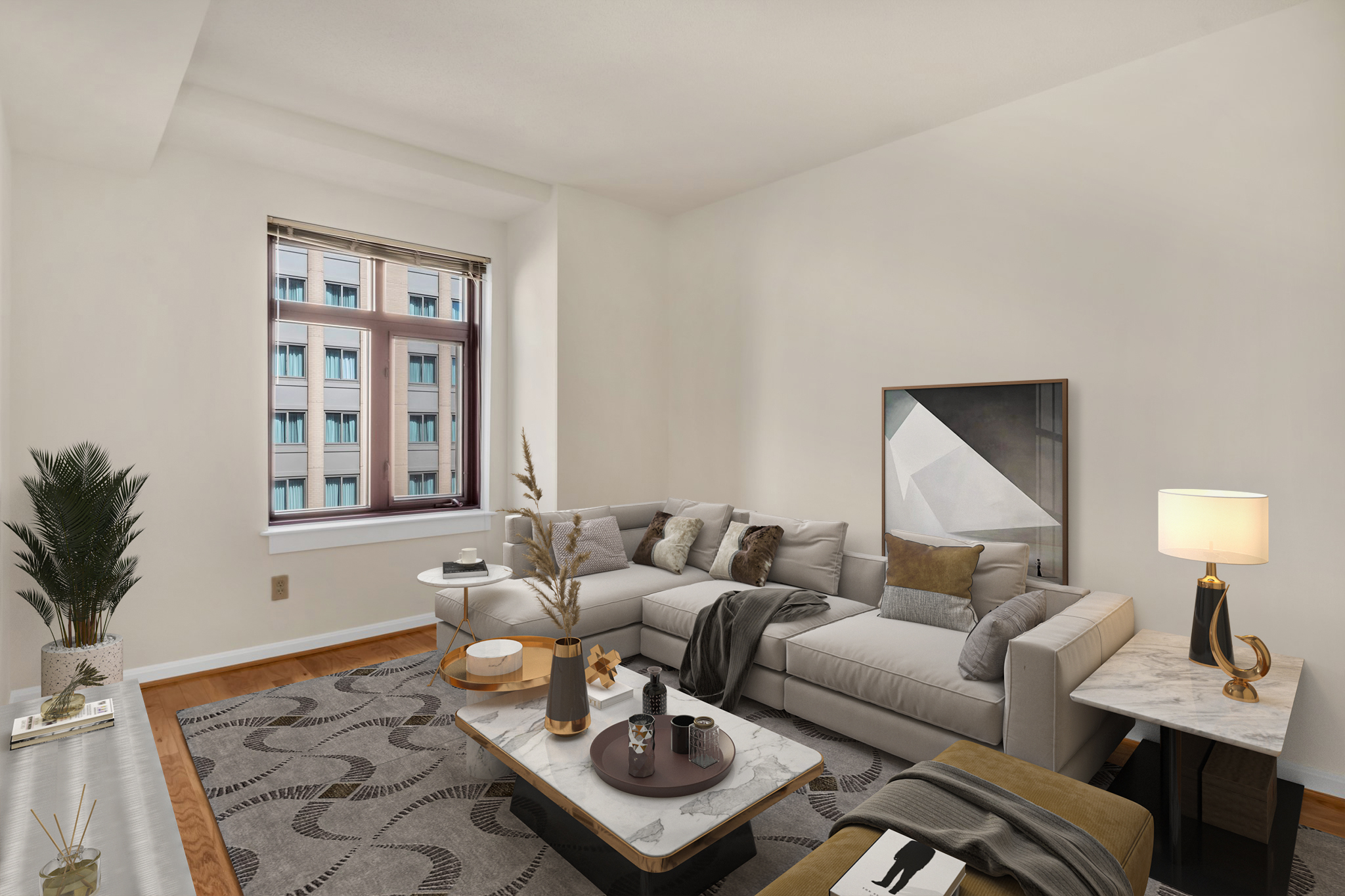Advanced technology such as BIM, VR, and 3D printing is changing the field of architecture, from producing immersive visualization to streamlining communication.
Benefits of Implementing Technology
There are many advantages to tapping into advanced technology to strengthen and support architectural design. As technology continually develops, it allows us to think more creatively and bring those visions from one’s mind to the screen or into a 3D print. We are able to:
Easily communicate a vision: Whether you’re pitching your team, winning clients, or communicating with real estate gurus, it’s easier to help someone buy into your vision when you have true-to-life visualization at your aid. Clients and buyers can slip into a virtual reality headset and see building plans unfolding, or touch a 3D print of their new home. This interactive experience helps connect people to the finished product like never before.
Reduce project costs: Using technology such as virtual reality or 3D printing can help clients identify areas they’d like to change before construction starts. The earlier you identify these changes, the more convenient and cost-effective the process becomes for everybody involved.
Streamline collaboration: Technology advancements such as Building Information Modeling (BIM) helps everybody involved in a project stay on the same page at every step. Engineers, designers, and architects can use a BIM program to ensure their specific plans are in alignment before any cutting or welding takes place.
1. The Internet of Things
The Internet of Things (IoT) refers to connecting traditionally “dumb things” to the internet. If you own a home, you might already have some technology connected to the IoT. For example, smart thermostats, video doorbells, and personal assistants like Alexa are already common in many homes. And now, IoT is driving trends across the whole design and construction ecosystem. Here’s how:
- Adding Sensors to Building Information Modeling (BIM)
BIM creates an intelligent 3D model of a building and streamlines all building plans. This allows all plans to update simultaneously, so nobody in the process will be left out. How does the IoT fit into this? Buildings can now have sensors to measure things such as energy usage, temperature trends, foot traffic and more. These sensors will collect data, and we can study this data alongside BIM plans to improve future buildings.
Notably, the ability to design architecture that moves and changes according to human habits and weather patterns is here. And with the Internet of Things, we can monitor our buildings that much more closely than before.
2. Virtual Reality
Virtual reality (VR) technology lets you put on a headset and immerse yourself in an alternate scenario. Commonly used to display video games and interactive short films, architects and designers can also use VR. At every stage of the process—from initial design concept to the building’s finishing touches—VR lends itself to a powerful architectural experience.
With just the press of a button and the darkness of a headset, everybody from project members to clients can explore the building in question, taking a closer look at floors, ceilings, and entire building designs to catch the vision. Not only does this spark interest in the project more than a classic 2D image could, but it also gives plenty of room to request changes or suggest alterations before the project starts.
In exchange for relatively low start-up costs, VR can give you a competitive edge, allow for real-time changes, and reap the rewards of an impressed client.
3. 3D Printing
Architects and designers use 3D printing to efficiently create a physical model to showcase and work with. Using a CAD program and a 3D printer, you’ll save the labor and time involved in creating a model by hand. Thanks to advanced printing technology, these models are high-quality and you can customize them in a range of materials and colors.
3D printing also allows for quick fixes. If a client or team member has any edits after reviewing, all you have to do is make the necessary changes using programming software and re-print an updated model.
Are You Ready for Technology’s Impact on Architecture?
Of course, while technology in architecture will have a major impact, many of the foundations of this great profession will not change.
Feel free to contact us if you would like to explore technology options on your next project.

